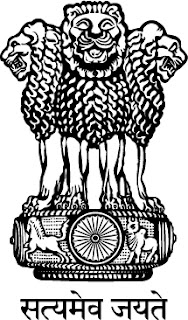Significance of Elsevier logo
Significance of Elsevier logo
Elsevier was formed in 1880 from a dutch publishing company Elzevir, which ceased to exist in 1712. Elsevier’s name and logo originated from Elzevir[1].
Elsevier logo [2] contains
An old man
Standing beneath an Elm tree
Elm tree is entwined by grapevine
A poster with ‘Non Solus’ written on it
Old man plucking grapes
Old man represents a wise scholar, a philosopher.
The Elm tree, which is a non fruit (useless) bearing tree [3] represents the tree of knowledge.
Elm tree leaf
The Latin term 'Non Solus', translates to 'Not Alone', represents the symbiotic relationship between Publisher and Scholar.
Grapevine
Grapevine is a fruit producing tree but needs support from other non fruit producing but sturdy trees to grow. Similarly, more powerful and knowledgeable people need the support of less powerful and knowledgeable people. This analogy is applicable for the Guide and Student or between Collaborators or between Publisher and Scholar.
Research for Mankind
In conclusion, the Elsevier logo represents a successful interdependent relationship between Guide and Students, Collaborators as well as Publisher and Scholars so that the output of research (fruit) can serve mankind.














Comments
Post a Comment